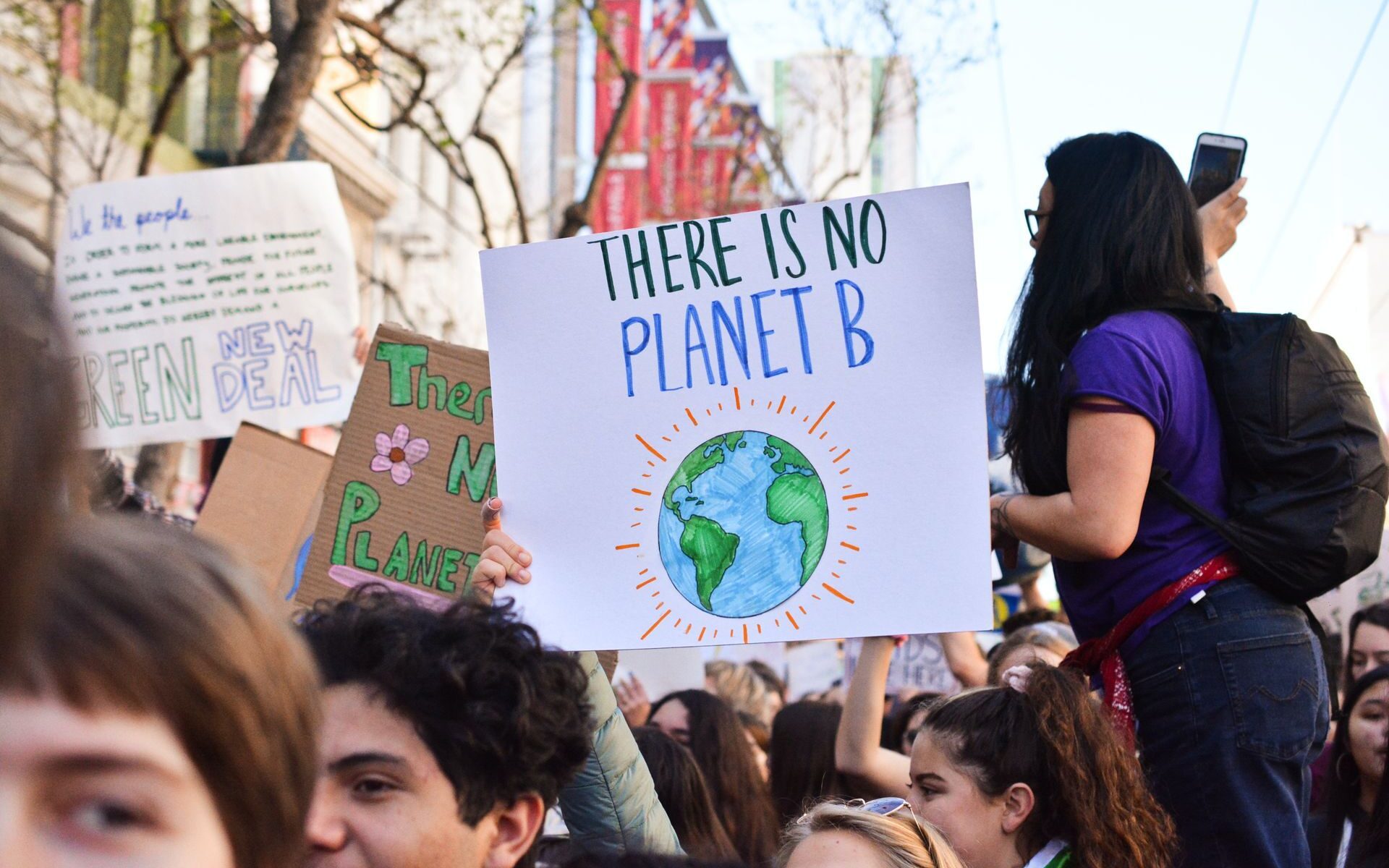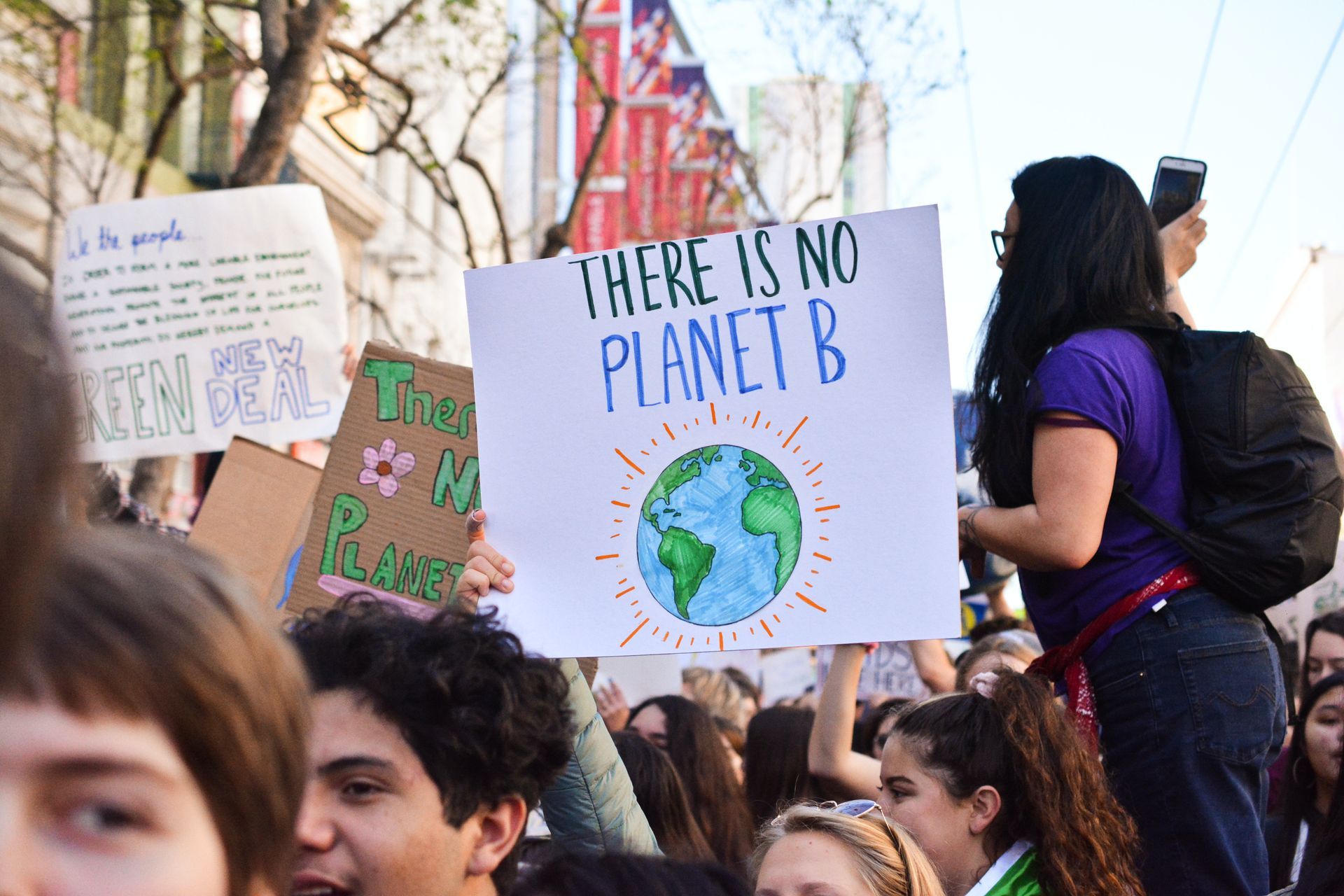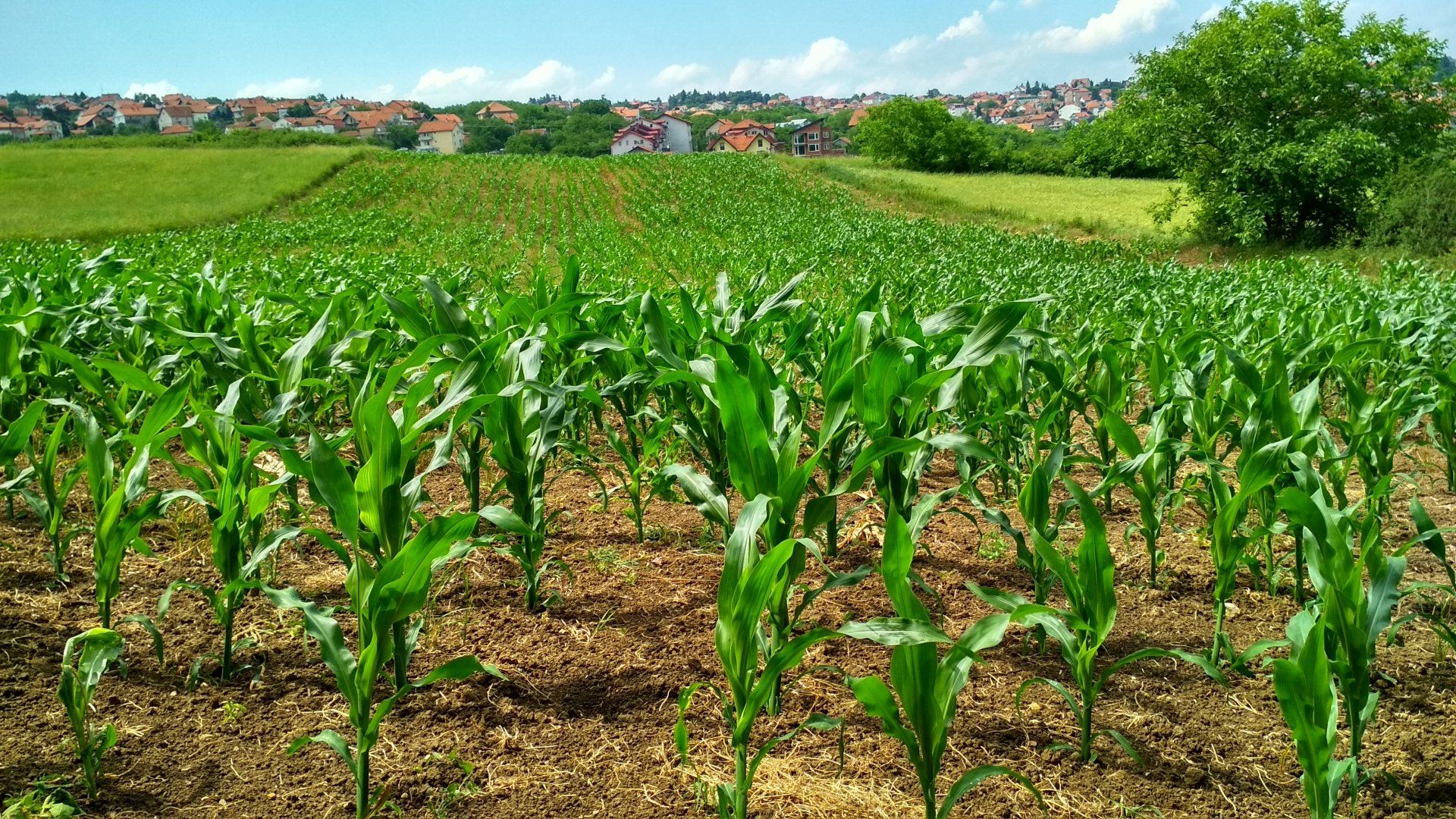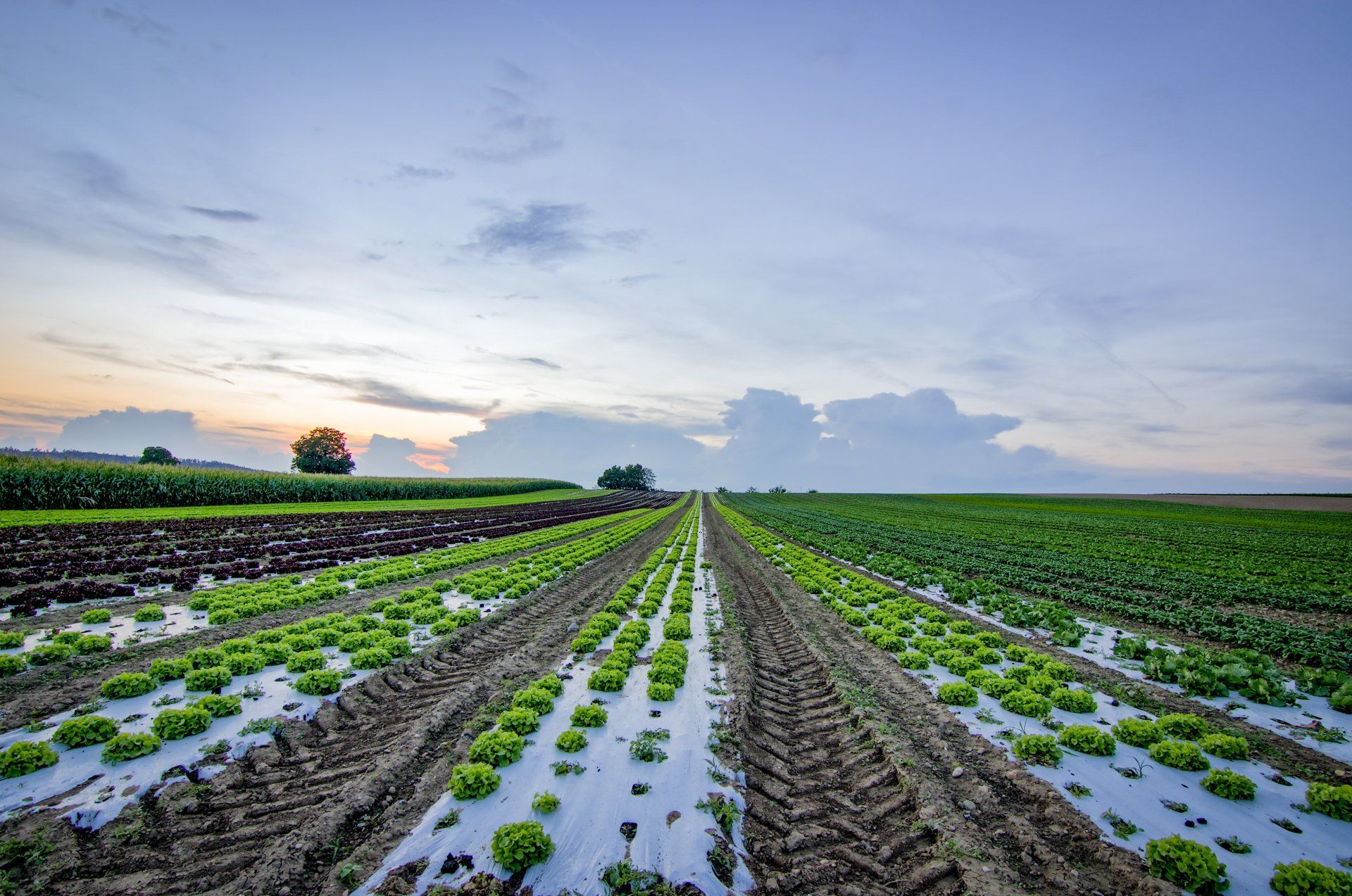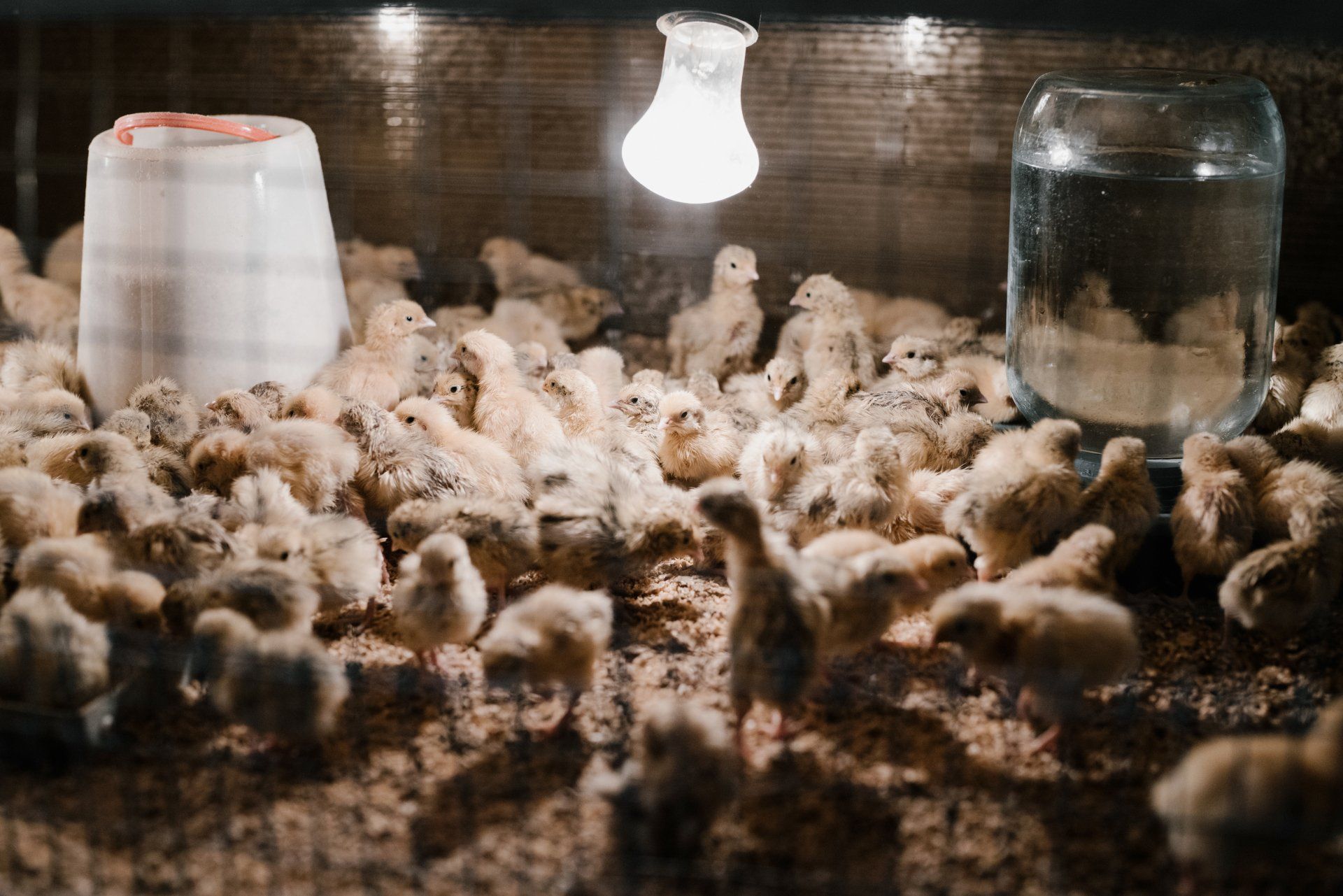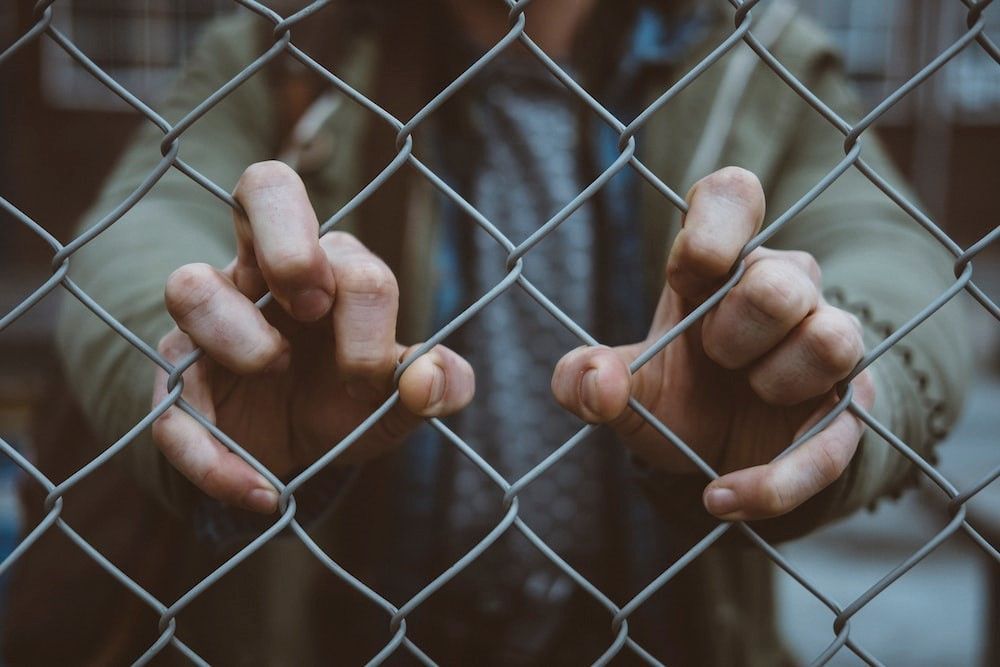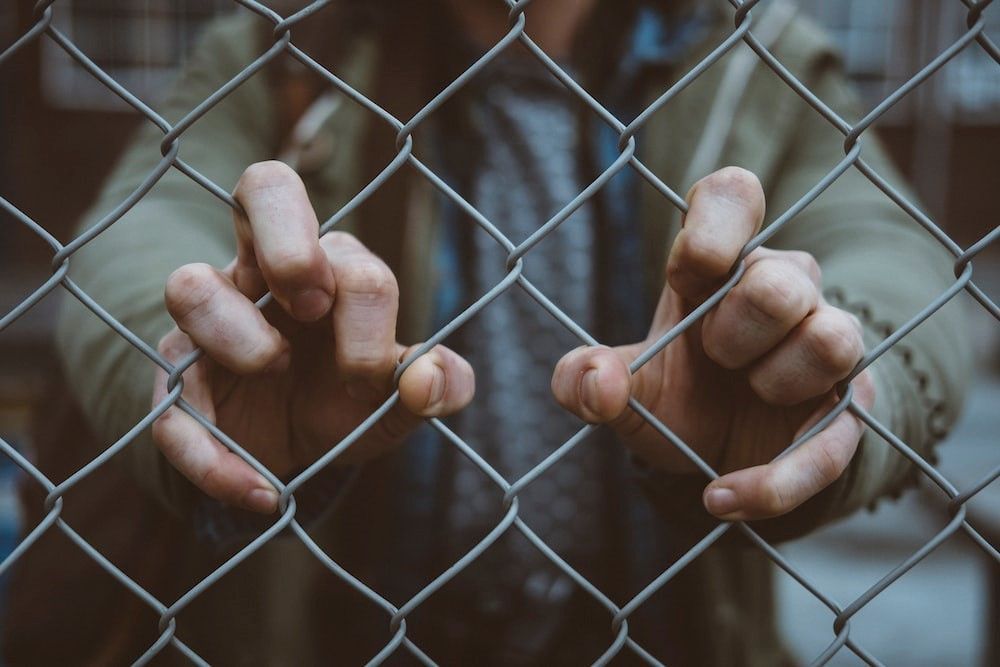The Beacon Blog: Consider It Briefed
Houston’s Lax Zoning Practices Are Poisoning Its People
By Savannah Collins, Staff Editor for the Vermont Journal of Environmental Law
May 3, 2024
![]()
In an era where everyone is presently facing the impacts of climate change, some communities have been actively and systematically poisoned for decades. Houston, TX, stands out for the impacts of its laissez-faire zoning attitude. Houston allows industrial facilities to be located beside residential areas and schools. Due to this land use mixing, exposure to Superfund sites has increased. According to the Climate Vulnerability Index, the Fifth Ward of Houston is more vulnerable than 99% of the nation. This vulnerability comes from historic disinvestment that has culminated in measurable harm to the community. And people’s health has continuously taken a hit.
Houston’s lack of zoning controls has made it a hub of environmental justice issues. There are laws governing permitting and the like, but not for land use. Therefore, industry has been able to build wherever they choose. Combined with a history of redlining, communities that are mostly Black and Latinx are suffering. In the Greater Fifth Ward, where the population is majority Black and Latinx, the levels of pollution and pollution-related illnesses are well above average. A study done by the Environmental Defense Fund found some neighborhoods had levels of pollution equivalent to major highways in the city.
The Greater Fifth Ward is in the 99th percentile in its proximity to a Superfund site. There are over twenty-one state and federal Superfund Sites in the Houston city limits. Twenty-nine percent of the city’s concrete batch plants and 51% of the metal recycling facilities are within a half mile of at least one school or childcare center. In the Greater Fifth Ward, there are at least two elementary schools and two parks.
One of these parks is located quite close to the Union Pacific Rail lines. The City of Houston is suing the Union Pacific Railroad for creosote pollution in the Greater Fifth Ward. Notably, the railroad being sued subsumed the railroad that was in place in the 1940s, located beside this historically redlined community. There is a perpetual offloading of pollution from these railroads. A recent study by the Houston Health Department found toxic dust and soil on properties in the area. Additionally, there is a Title VI investigation by the Department of Justice into the illegal dumping activities in the city of Houston. This community is vulnerable on multiple fronts, dating back to its founding.
It would be hard to move these companies that have been in place for almost 100 years without greater aid from municipal government and organizations. The economic impact could be great, but the benefits to the people of the Fifth Ward would be greater. Despite the steep barrier, there are solutions available.
There is extensive mapping of the Superfund sites in the area. Noting where to put housing is critical to not further expose people to the current pollution levels. Furthermore, providing stipends to move out of the area would be beneficial for the community considering the level of poverty and the level of income. Without a more fluid source of funding, it is extremely difficult to move to protect their health.
With the Biden Administration highlighting environmental justice as a major factor in agency decisions, there is great potential for funding to shift nationally. The Justice40 Initiative is funneling funds out nationally and providing opportunities for community organizations to make these changes. One of the regional centers in charge of dispersing funds is the Deep South Center for Environmental Justice. They have provided an interactive resource guide for community organizations explaining Justice40 funding. There is also a database of available Justice40 money available, which is searchable by state and region. While these are preexisting federal programs not specifically focused on frontline communities, there is movement to make such programs work for frontline communities going forward. Hopefully, Houston’s people will be able to live in a healthier environment through these hardworking efforts.

